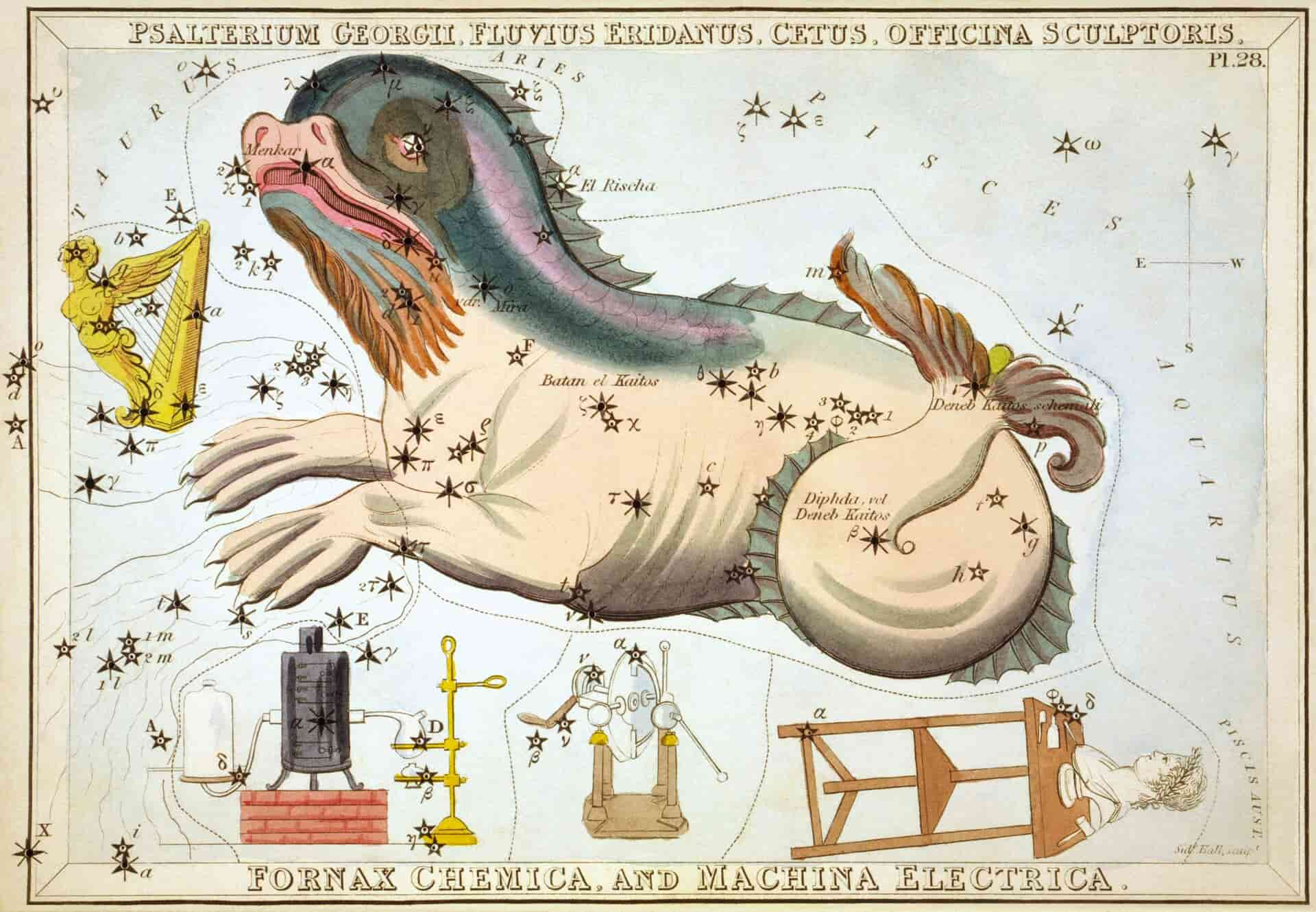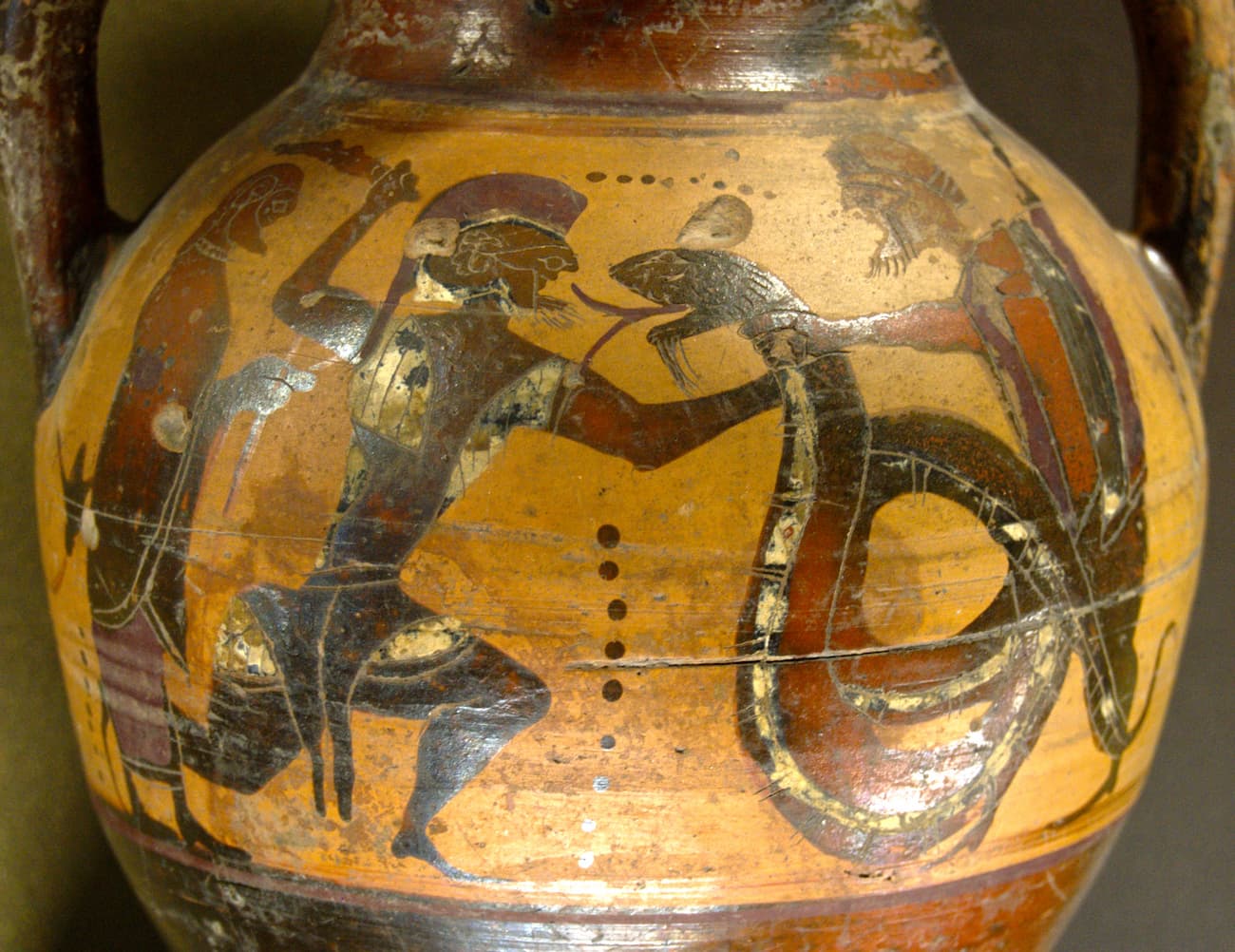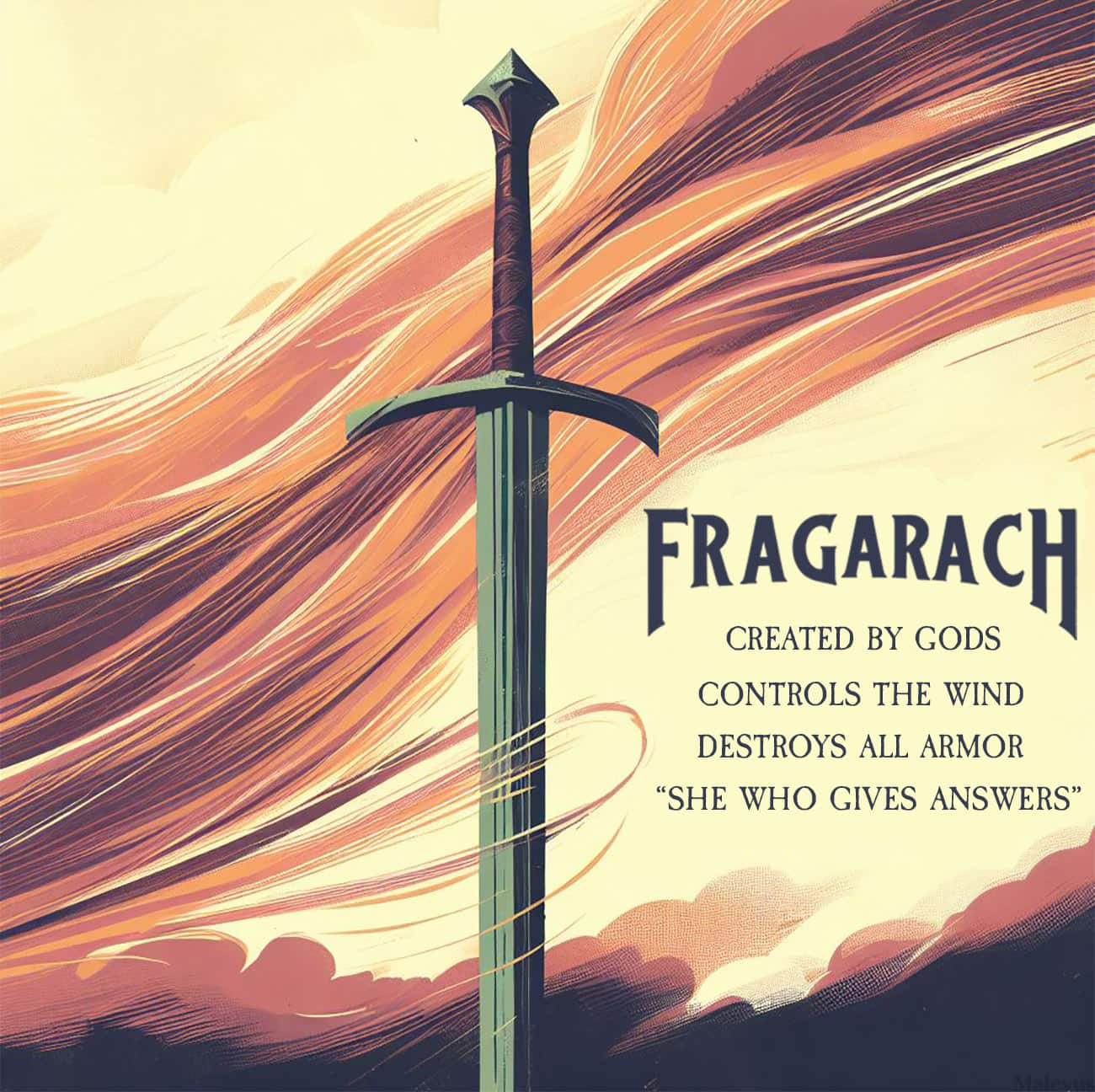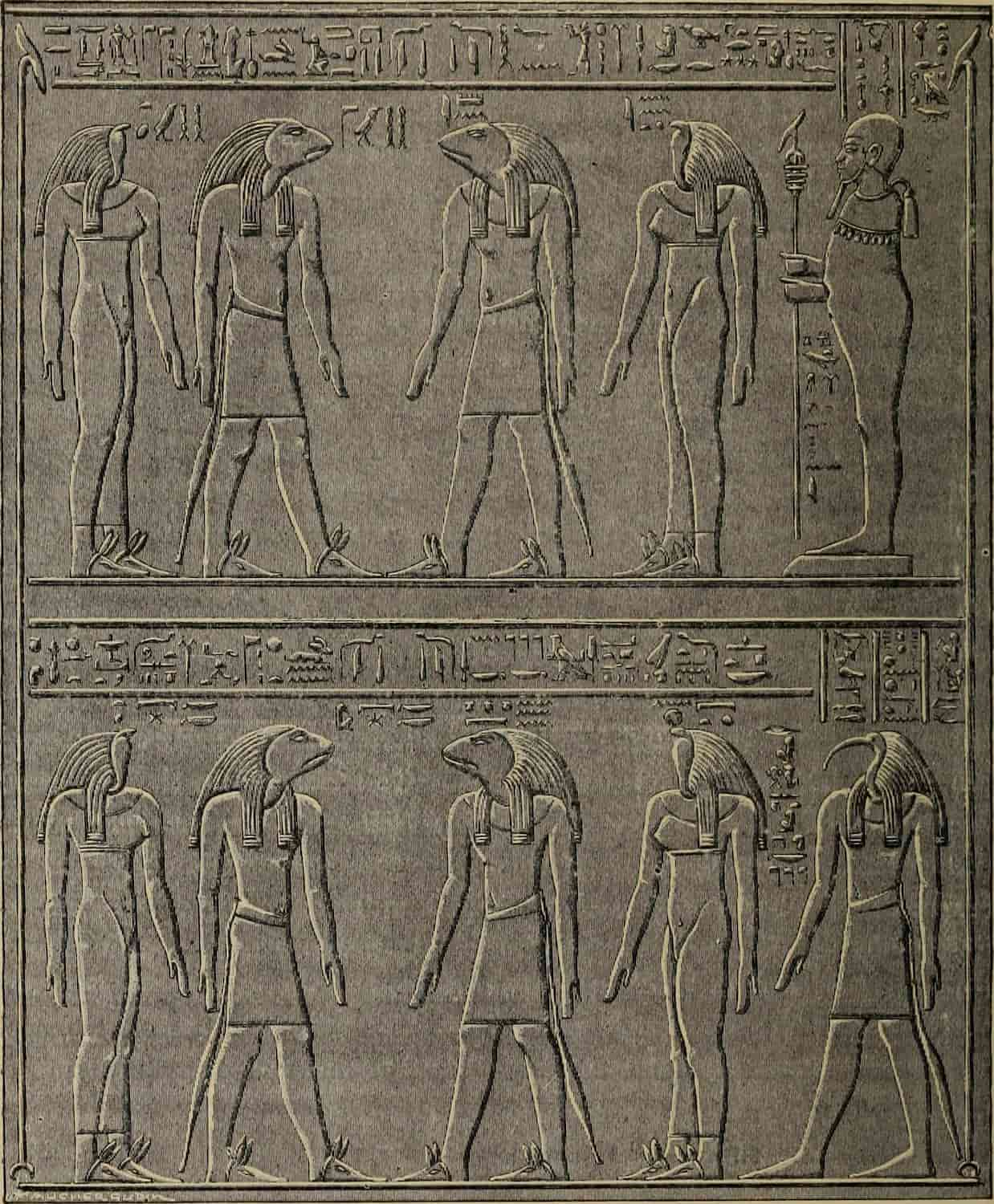Cetus: A Mythical Sea Creature of Enormous Size
In ancient Greek art, whales were depicted as serpent-like toothed fish, sometimes with front paws. These creatures were considered monsters, defeated by Perseus while rescuing Andromeda and by Hercules while liberating Hesione.






